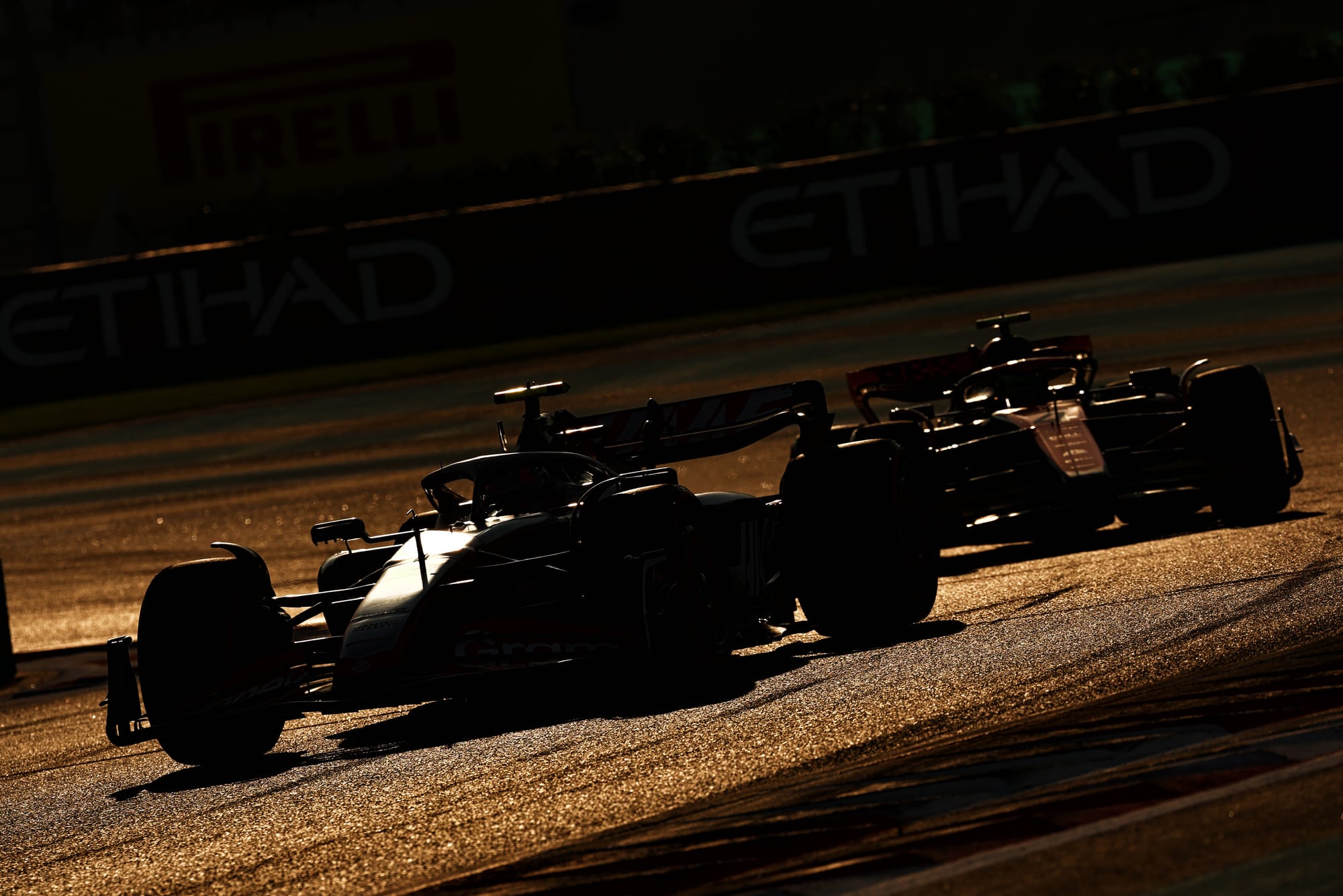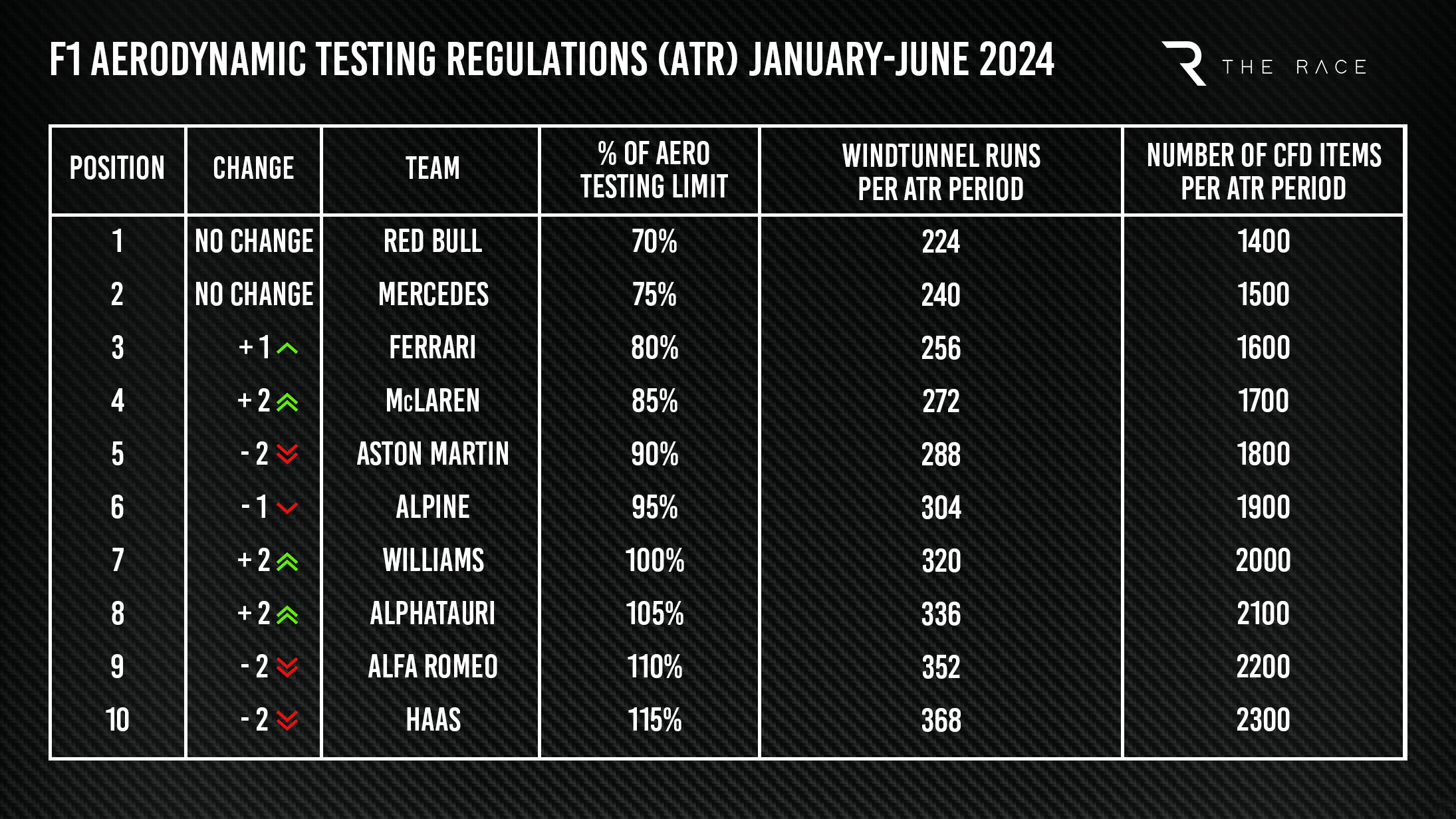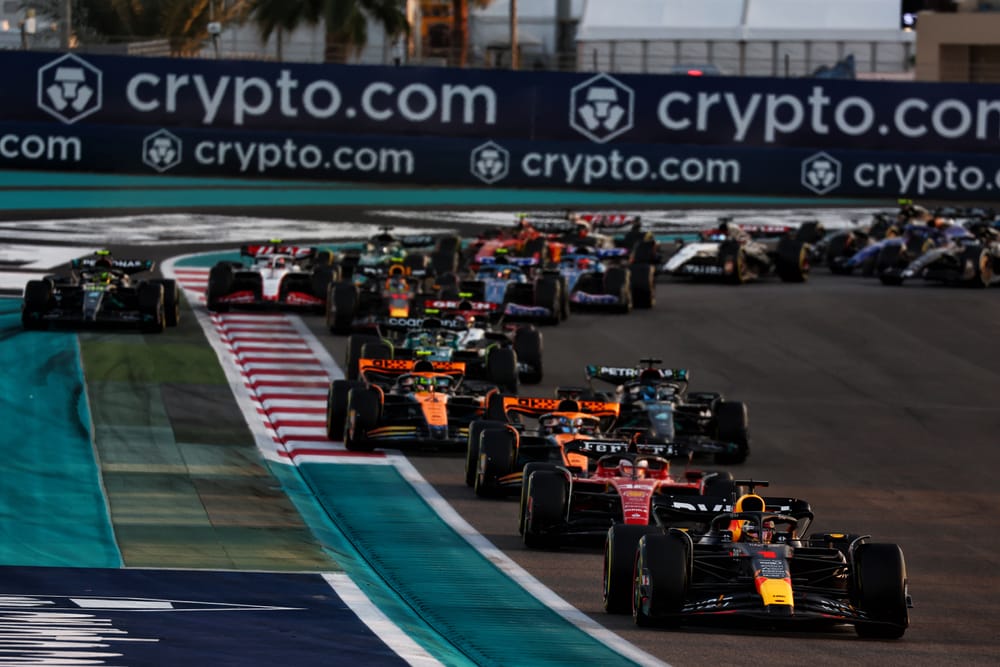Up Next

The final race of the 2023 Formula 1 season decided several key constructors’ championship battles that will have an impact on the crucial aerodynamic testing allowances, with Aston Martin, Alfa Romeo and Haas the big winners and McLaren, Williams and AlphaTauri the main losers.
F1’s ATR (aerodynamic testing regulations) set a baseline for the number of windtunnel runs and CFD items that may be completed based on constructors’ championship position.
Teams ranked the lowest benefit from the most testing, with those ranked highest the least.

This therefore has a tangible impact on their development rates as while there are other means of finding performance, these are the two key aerodynamic testing tools.
The ATR mechanism, laid out in Appendix 7 of the F1 sporting regulations, was introduced for 2021 as a gentle handicap system to ensure the competitive spread of the field is more compact.
It is reset every six months, with the allowances for January to June based on the previous year’s constructors’ championship adjusted for the second half of the year based on the standings on June 30.
This therefore happened after the Canadian Grand Prix, with Aston Martin holding third at that stage and therefore having a 20 percentage point reduction in its allocations given it finished seventh the year before.
The latest reset, which will impact January to June, is based on final championship positions.

This table lays out the 10 teams in current constructors’ championship position order with their change in rank and the allocation that they have for the first half of next year.
Aston Martin’s slide from third mid-season to fifth means it gets half of what it lost mid-season back. That means it gets an increase in windtunnel runs per ATR period (of which there are three in the first six months of next year) from 256 to 288 and of CFD items from 1600 to 1800.
Alfa Romeo and Haas both lost two positions since June, sliding to ninth and 10th respectively in the championship, which means a 10 percentage point gain. Alpine also benefits, having slipped from fifth mid-season to sixth at the end of the year, which represents a 5% step.
Three teams have lost 10 percentage points worth of ATR allowance, with McLaren jumping from sixth to fourth and Williams and AlphaTauri moving up two places to seventh and eighth respectively.
As well as stipulating the number of windtunnel runs and CFD items, there are additional restrictions.
The baseline figure of 320 windtunnel runs per ATR period also permits only 80 hours of ‘wind on’ time (ie when meaningful aero data can be gathered) and an occupancy limit of 400 hours. For CFD items, there is also a limit on computing resource used measured in Mega Allocation Unit hours (MAUh) based on a formula laid out in the regulations.




